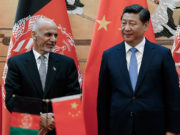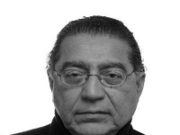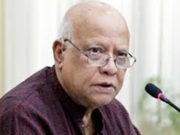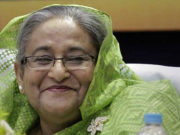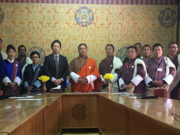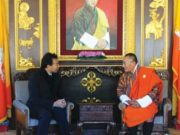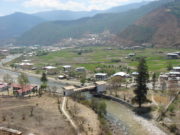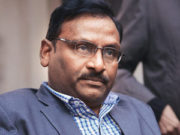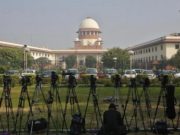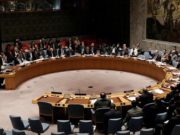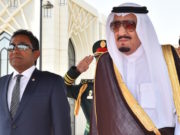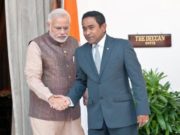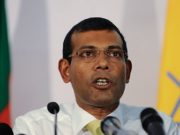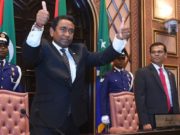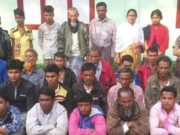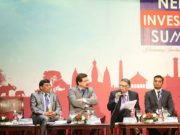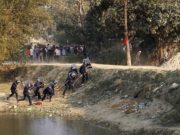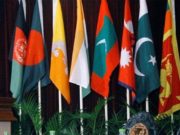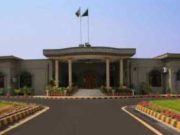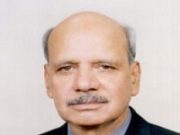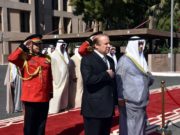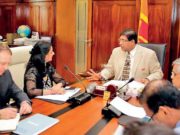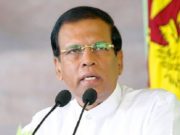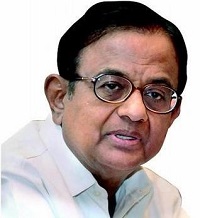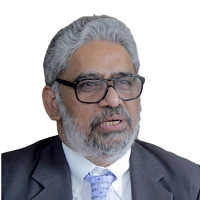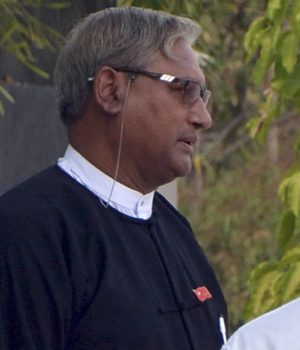“Mujhe bhookh lagee hai, mujhe khaana de do!” the little girl called out as she came home from school. Her uncle, visiting from the village, looked perplexed. “What is she saying?” he asked, “What language is she speaking in?” Her mother laughed indulgently, even proudly, “She speaks Hindi better than Bangla! She watches the Indian serials with me and has picked up fast!” The uncle frowned, “Isn’t she too small to watch those Hindi serials? Why not let her watch the cartoons?” “Those too are all in Hindi now,” laughingly replied the mother.
That was no imaginary conversation. It actually took place in Dhaka not too long ago in the home of a middle-class family. Ironically, the little girl’s great grandfather had been an activist in the 1952 Language Movement and her grandfather was a freedom fighter.
When the visiting uncle showed his disapproval, the mother got defensive. “What’s wrong with knowing a foreign language? English people learn French, French people learn German, and over here so many people are learning Chinese!” The uncle replied softly, “But not at the cost of their own mother tongue.”
Language is an integral part of Bengali psyche, the social-cultural fabric of the nation. It was the struggle to establish Bangla as a state language that eventually led to the emergence of Bangladesh as an independent country on the map of the world. Yet erosion has set in.
Come February, and people talk of the sacrifices made by the language martyrs. Come March, and there is big talk of the Liberation War. Come December, and we bask in Bangladesh’s victory. But surely the identity of Bangladesh as an independent sovereign nation is more than just having a flag and a niche on the map. It is about heritage, honour, cultural sovereignty, going international with national pride.
“There is always a natural cultural osmosis in any society,” says Tareq Ali, writer and researcher, “But when the influx of outside culture overwhelms of the local traditions and heritage, that’s when the danger sets in. Cultural erosion is an insidious and dangerous thing, more so when it is deliberate.”
While economic hegemony is not an uncommon factor in regional politico-economic equations, it is the cultural hegemony that is the covert clout to dominate a nation.
Bollywood may be brash and beautiful and has clutched the world in its glitz and glamour, but it is sad when this tinsel town culture overrides tradition. Bangladesh and the Bengali nation are known for tradition, rites and rituals. The beauty of the complex matrix of the Bengali Muslim psyche is the ability to absorb a culture of music, song and dance, while retaining the spirituality of prayer and penance. One was not at the cost of the other. But now in the wedding celebrations, the traditional wedding songs are being replaced by a cacophony of blasting Hindi film music. The enchanting folk dances have given way to hip-gyrations and vulgar filmy jerks of the Indian movie genre.
Tuning to other festivals, the Bengali New Year or Pahela Baishakh was one of the most celebrated occasions in Bangladesh. Village fairs, early morning songs at the Ramna park, girls adorned in red and white, boys in their kurtas and pyjamas, fish and festivity was part and parcel of the day. Shops closed their old accounts and opened fresh books, treating their customers to sweets. Now the festivity has taken on different proportions. For a little over a decade now, suddenly a rally taken out by students of the fine arts institute has become ‘tradition’. This ‘mongol-jatra’, a procession carrying large colourful paper mache tigers, elephants, owls and such has a distinct religious touch (or anti-religious to the vaster section of the masses), something which just doesn’t quite gel with the innate nature of the nation. But persistence pays off and now this procession is be recognised by Unesco as an intangible cultural heritage. We have to be dictated by the outside world as to what our heritage is and what is not. How come the distribution of sweet halwas and bread on the holy night of Shab-e-Barat not be marked as a heritage? It is not even an overt Islamic rite, in fact is frowned upon by the more orthodox, but no way will such rituals be given the same reverence attributed to cultures that are certainly not indigenous.
‘It needs the nod of the neighbour,” bluntly states Asya Rahman, a student of political science at Dhaka University. “We have come to a point that unless anything we do or say is approved by our powerful neighbour, it’s not acceptable. People criticise me for wearing hijab, saying I am becoming a fundamentalist. But it is nothing new. My mother, my grandmother and her mother all wore burkha. I would say I practice less purdah that my ancestors. Yet when we replace saris at weddings with the Indian lehenga, that is given warm praise and admiration. It’s so hypocritical.”
A visit to the sari city at Mirpur in Dhaka, Benasari Palli, is a disappointment too. Here in the past one could finds beautiful locally handcrafted silk katans, intricate jamdani, Tangail silks and cottons and more. In fact, even the exotic expensive saris of the Indian movie Devdas where made by the artisans of Benarasee Palli. But now the shopkeepers admit to stocking and selling more Indian saris than local ones. They explain how the Indian traders first flood the market with their saris at cheap costs, killing off the local competition. Once the local competition is dead, the prices of the Indian saris go up, but by then it’s too late for the local industry to make a tangible comeback.
The government needs to take stern regulatory measures in this regard, according to both the local industrialists and the economists. The trade imbalance between India and Bangladesh is naturally leaning largely in India’s favour, in fact ridiculously so. Bangladesh’s policy makers are too eager to please and appease their big neighbour, but the neighbour takes full advantage of it. And why not? Who is to stand up for Bangladesh’s interests, if not Bangladesh itself?
It is a matter of pride when a Bangladeshi travels abroad, shops for clothes and finds all the labels marked ‘made in Bangladesh’. But back home, where is that pride? Why is our national identity fast fading in the way we speak, dress, write, sing, dance and even think?
Globalisation and regional cooperation are a realities and Bangladesh is well aware of it. All nations are. But national pride, traditions and heritage are the elements that keep our heads high, keep us independent. Can the tinny sound of a Hindi film song drown out the strident voice of our boatman who throws his voice to the winds as he crosses the river? Surely not! Not yet. And it never will, as long as our heritage, culture and identity are safeguarded with fierce pride, love and conscious care.




